- Friday, September 6, 2024 10:00 (GMT+7)
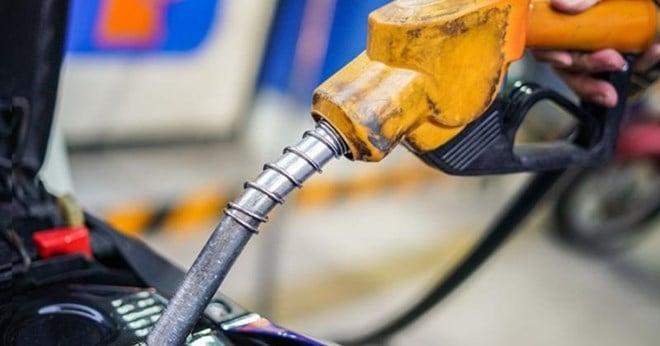
3 forms of petroleum trading floors
Through discussions in the press, on forums and official conferences, the concept of petroleum trading floors is referring to the following 3 forms:
Firstly, the Commodity Exchange follows international practice (trading many different commodities, including gasoline and oil), where transactions can be conducted with the international market, not just serving the needs of buying and selling finished gasoline and oil products of domestic traders.
Second, the model of a physical petroleum trading center, where petroleum wholesalers, retailers, and distributors conduct transactions to buy, sell, deliver, and receive petroleum.
Third, the petroleum trading floor follows the e-commerce model, where key enterprises publicly and transparently disclose prices so that distribution and retail enterprises can buy.
The second and third forms of operation have many shortcomings in terms of legal basis, operating model, and operating method, and cannot completely solve the problem of round-trip trading and price manipulation. Meanwhile, the first form of Commodity Exchange, due to its international trading connection, will help solve the need for trading goods from the Vietnamese market to potential markets around the world, and has overcome the shortcomings of the unconnected market and formed a commodity trading market with many advantages.
From international experience to Vietnam
In Southeast Asia, trading of petroleum and energy products takes place mainly through major exchanges in Singapore and Malaysia.
For Vietnam, petroleum trading is a conditional business sector, aiming to ensure national energy security; meeting domestic demand. Regarding the price management mechanism in a market economy, in the market where there are enterprises holding a dominant position in the market, the state still has to set the retail price of petroleum - the ceiling price. The frequency of the State regulating the retail price of petroleum is currently 7 days/time. With such a mechanism for regulating petroleum prices, trading on the floor will be very difficult.
If Vietnam establishes a petroleum exchange, will it be able to operate independently from the world's exchanges? This is impossible. Because, although Vietnam is a crude oil exporter and has an oil refinery, it still has to import a large amount of crude oil for refining and to meet domestic demand.
This means that domestic gasoline prices will be affected by world prices and linked to world prices. If a trading floor model is formed as a place for key enterprises, retailers, and distributors of gasoline to trade together, it will be a physical gasoline trading center model, which will be different from the commodity trading floor model.
Establishing a petroleum trading floor in Vietnam can bring many benefits, but also comes with significant challenges. To ensure success, establishing a petroleum trading floor, the first thing to do is to create a fully competitive petroleum market, without any businesses holding a dominant position in the market, then the market price is decided by the market. From there, there will be a roadmap, appropriate steps...
Source: https://laodong.vn/thi-truong/mot-so-van-de-ve-viec-thanh-lap-san-giao-dich-xang-dau-1389829.ldo

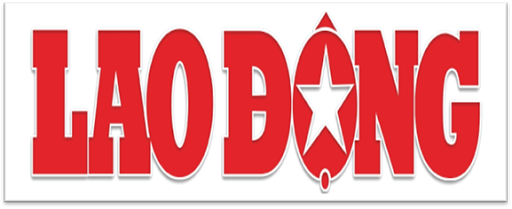
![[Photo] Relatives of victims of the earthquake in Myanmar were moved and grateful to the rescue team of the Vietnamese Ministry of National Defense.](https://vstatic.vietnam.vn/vietnam/resource/IMAGE/2025/4/2/aa6a37e9b59543dfb0ddc7f44162a7a7)
![[Photo] Third meeting of the Organizing Subcommittee serving the 14th National Party Congress](https://vstatic.vietnam.vn/vietnam/resource/IMAGE/2025/4/2/3f342a185e714df58aad8c0fc08e4af2)

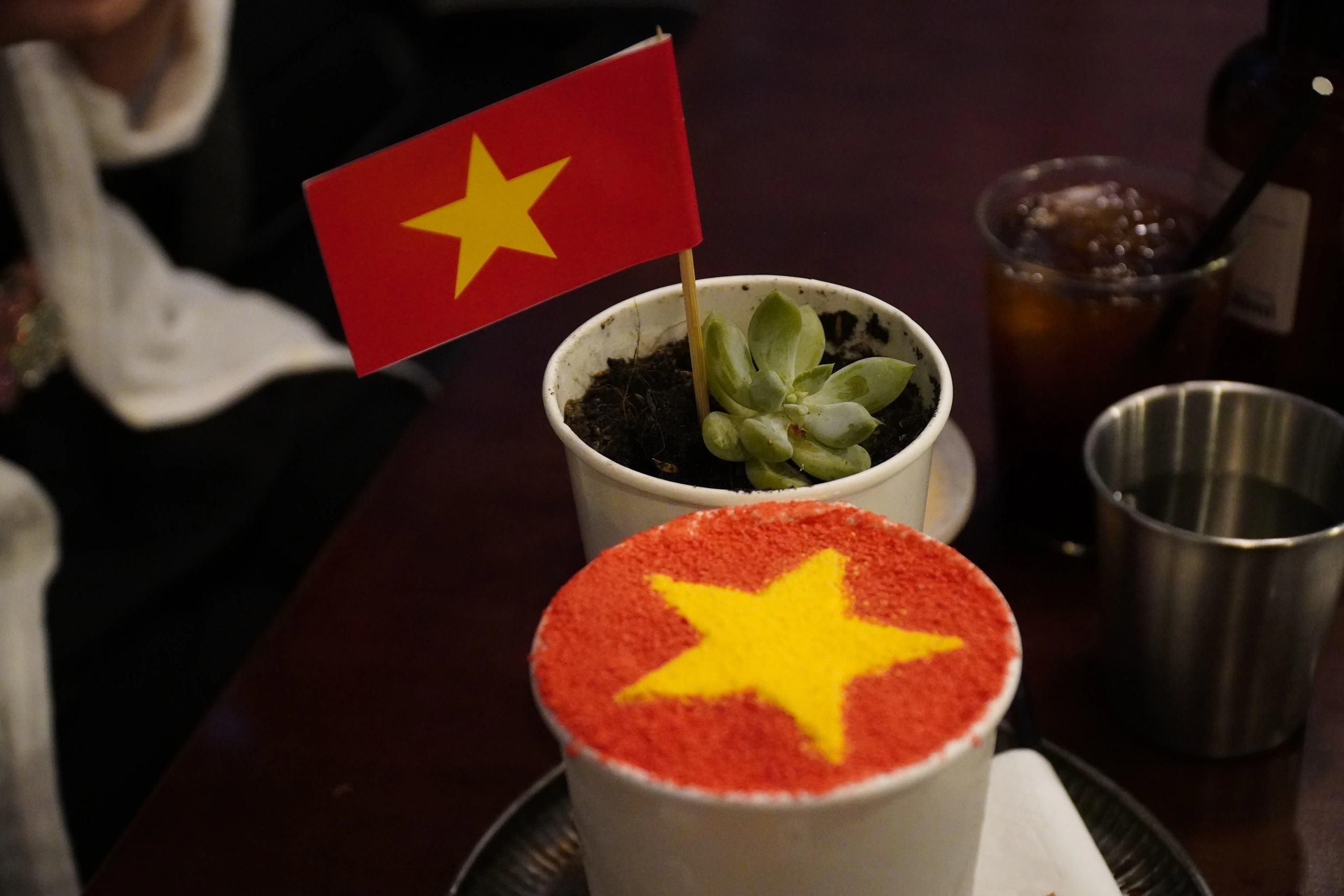




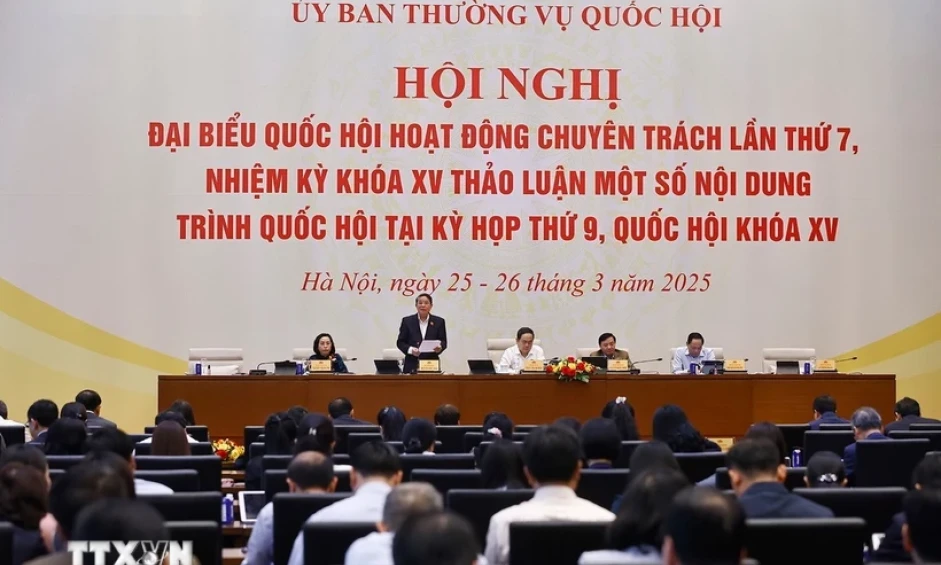
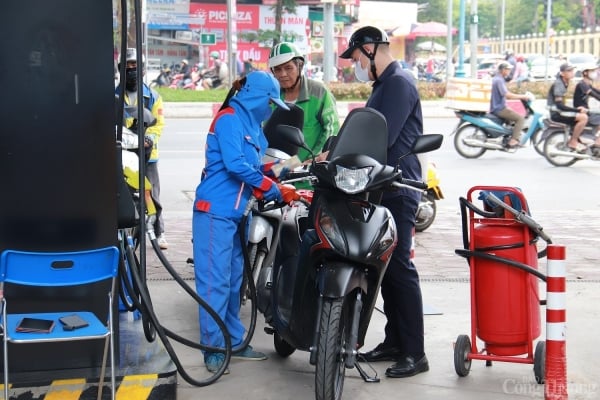

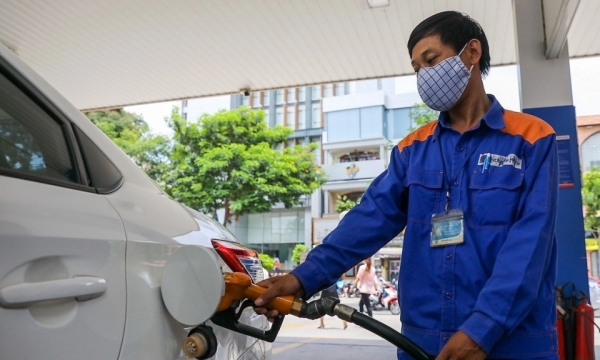
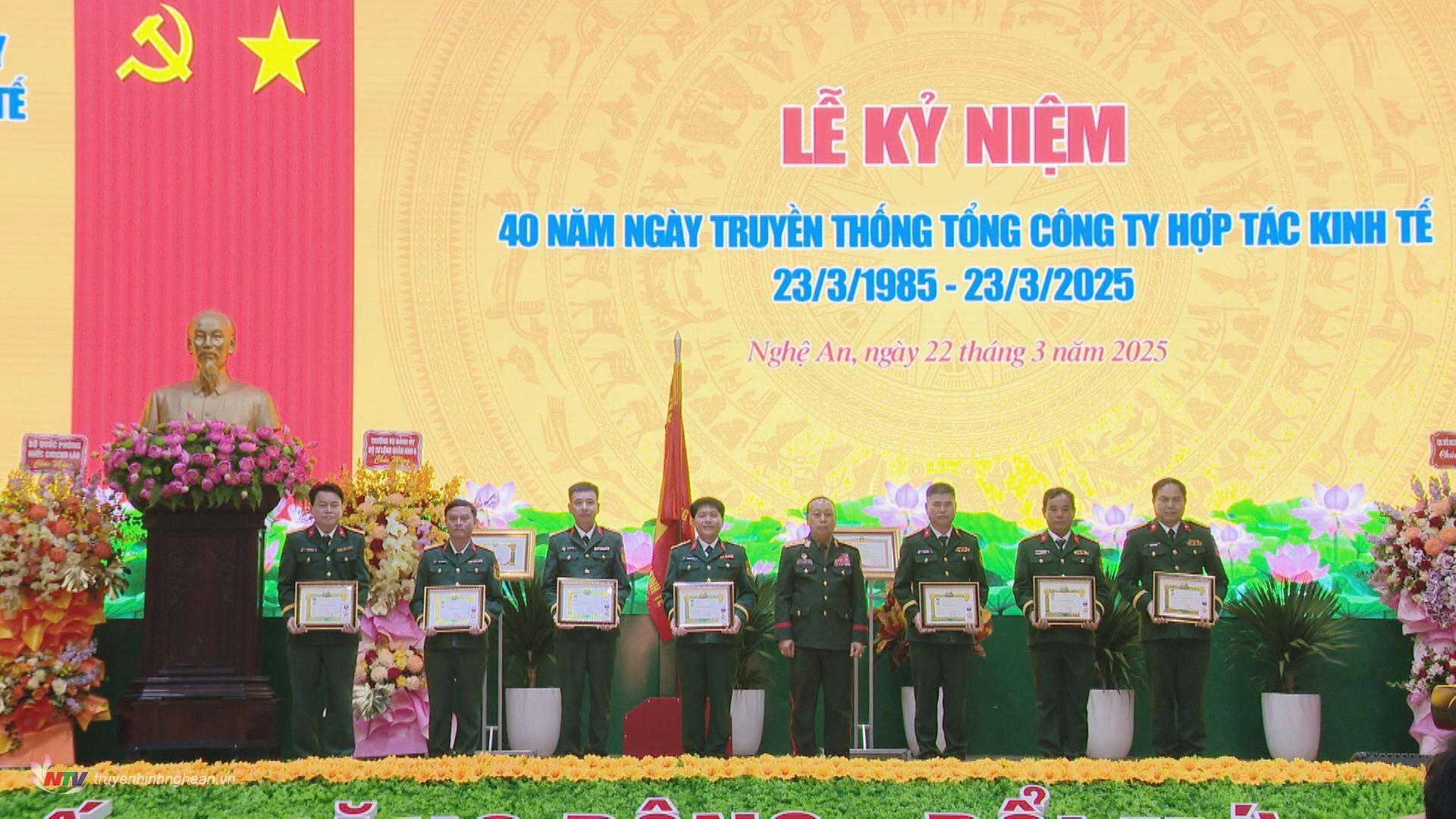


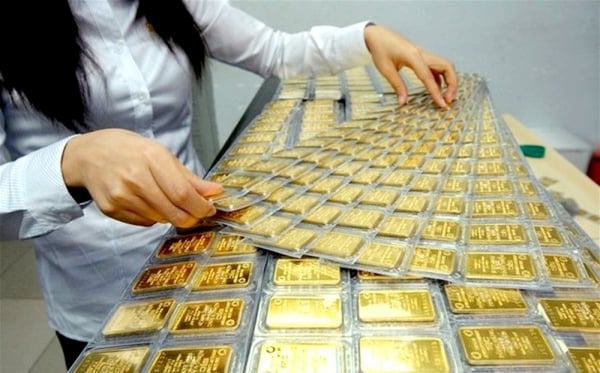
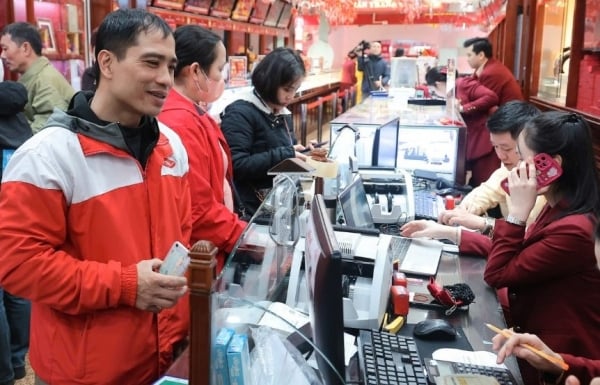
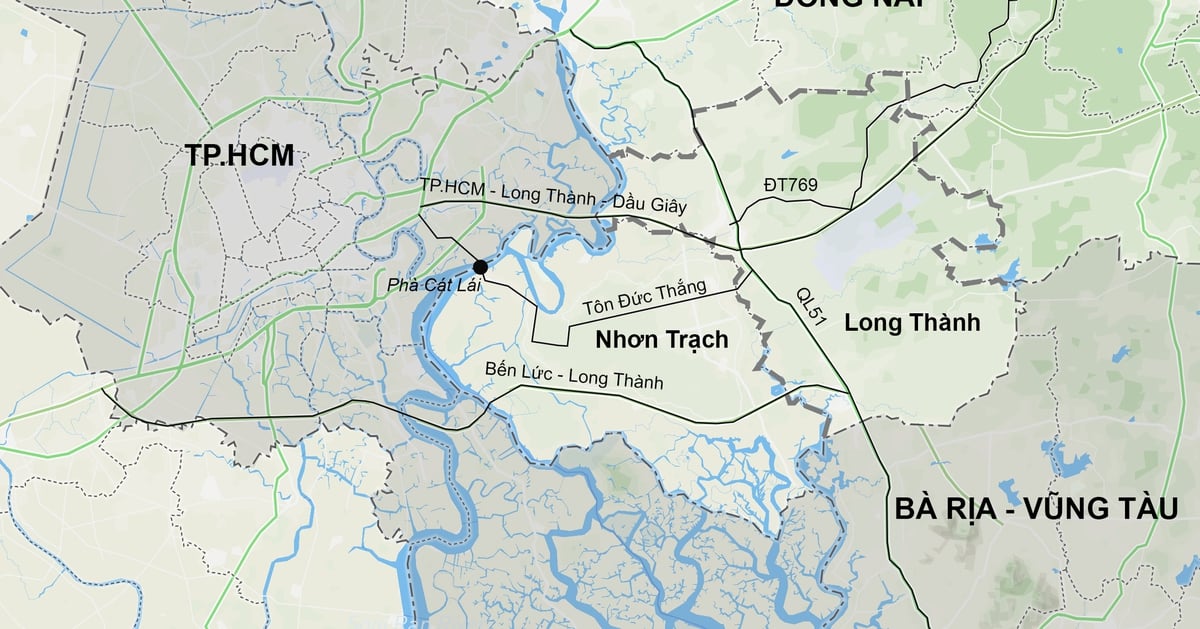

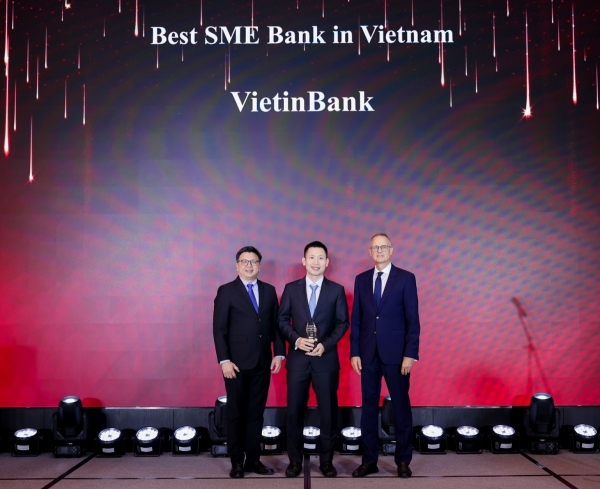
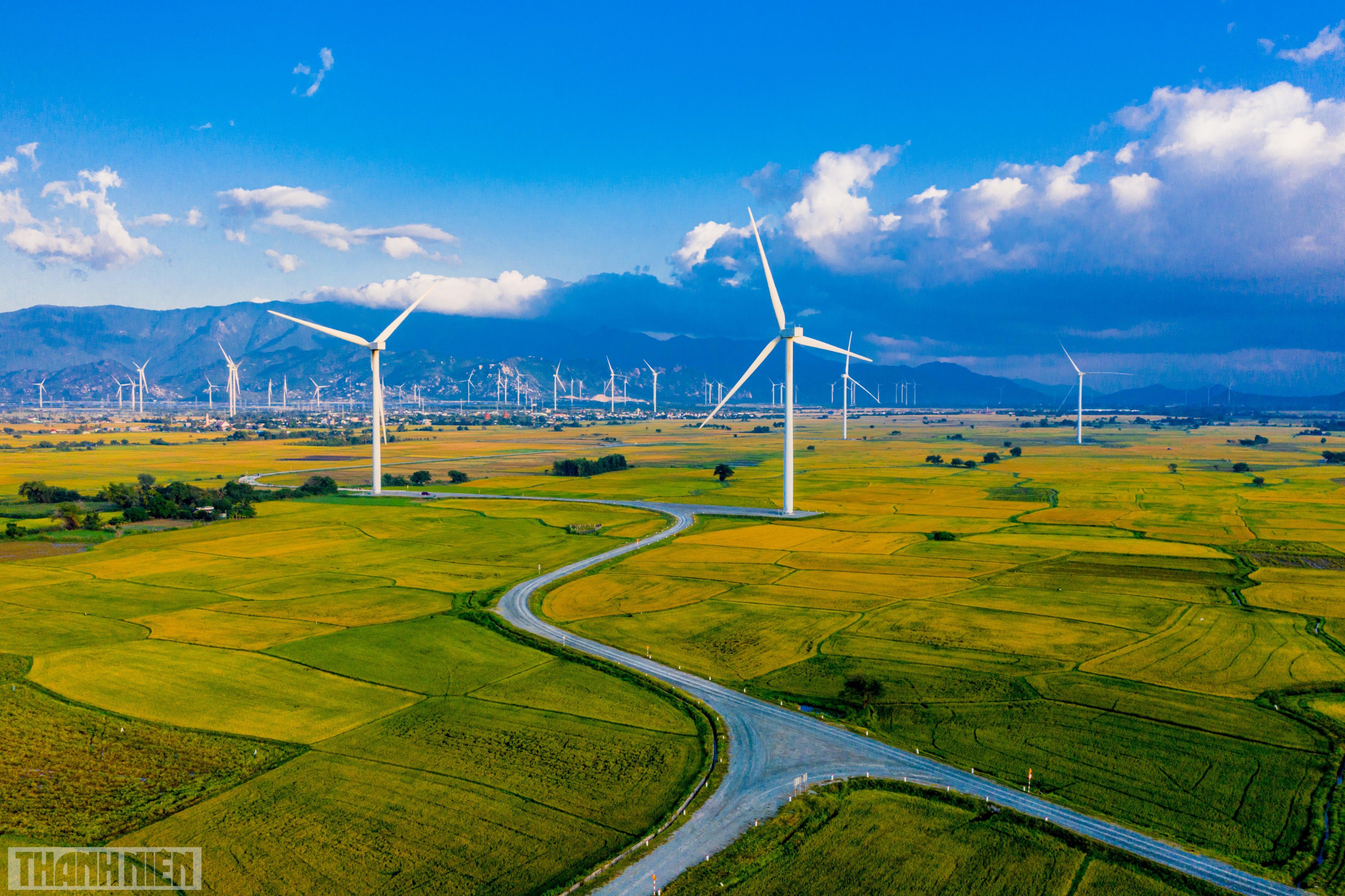


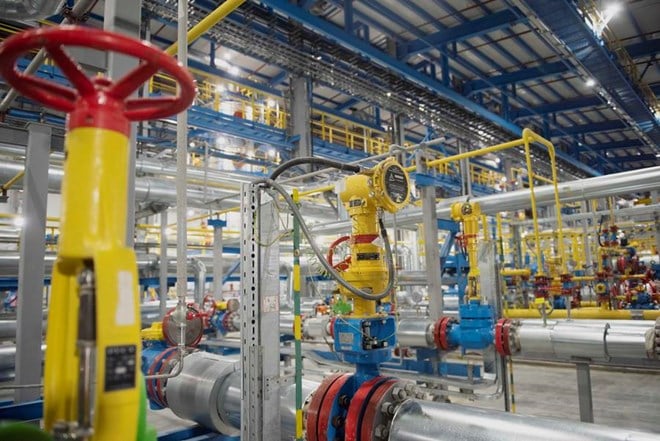
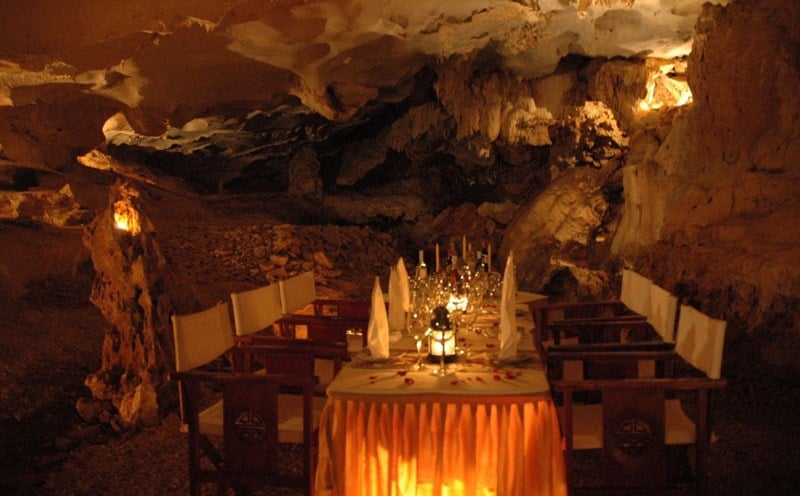











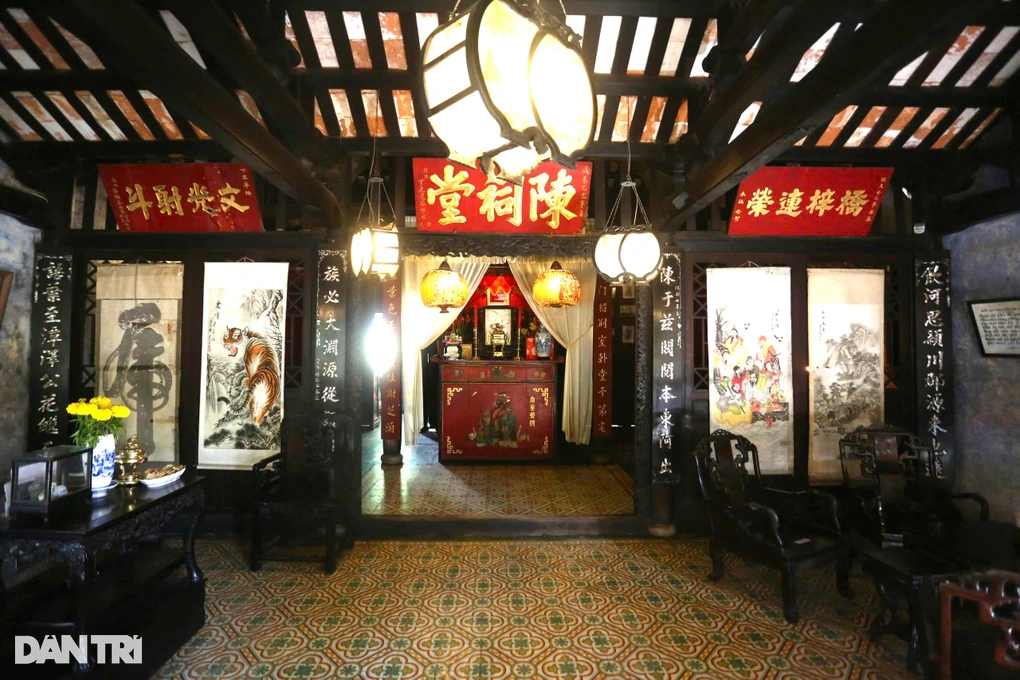

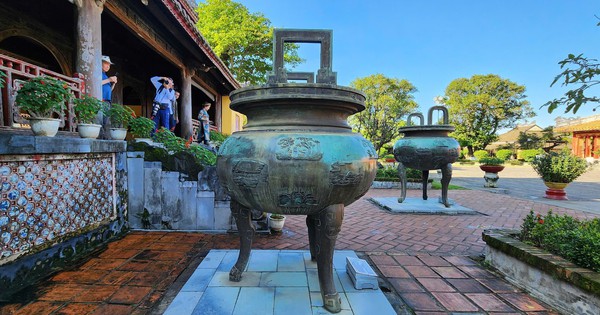
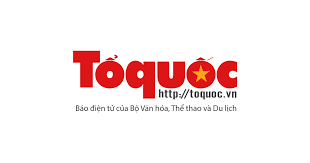
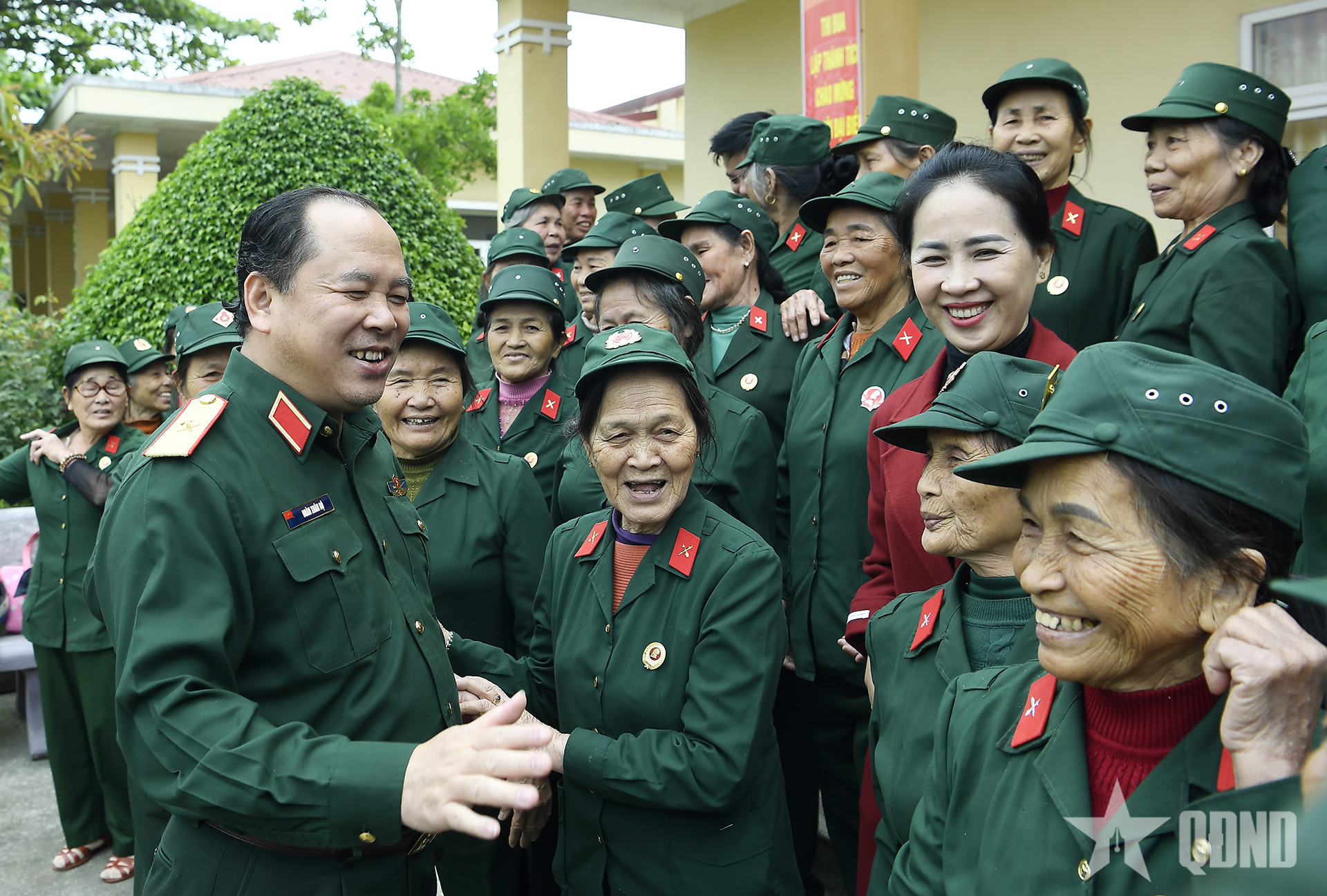
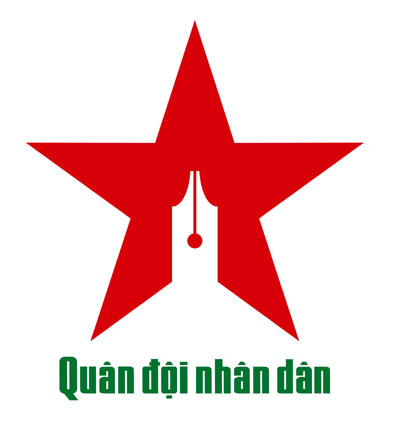



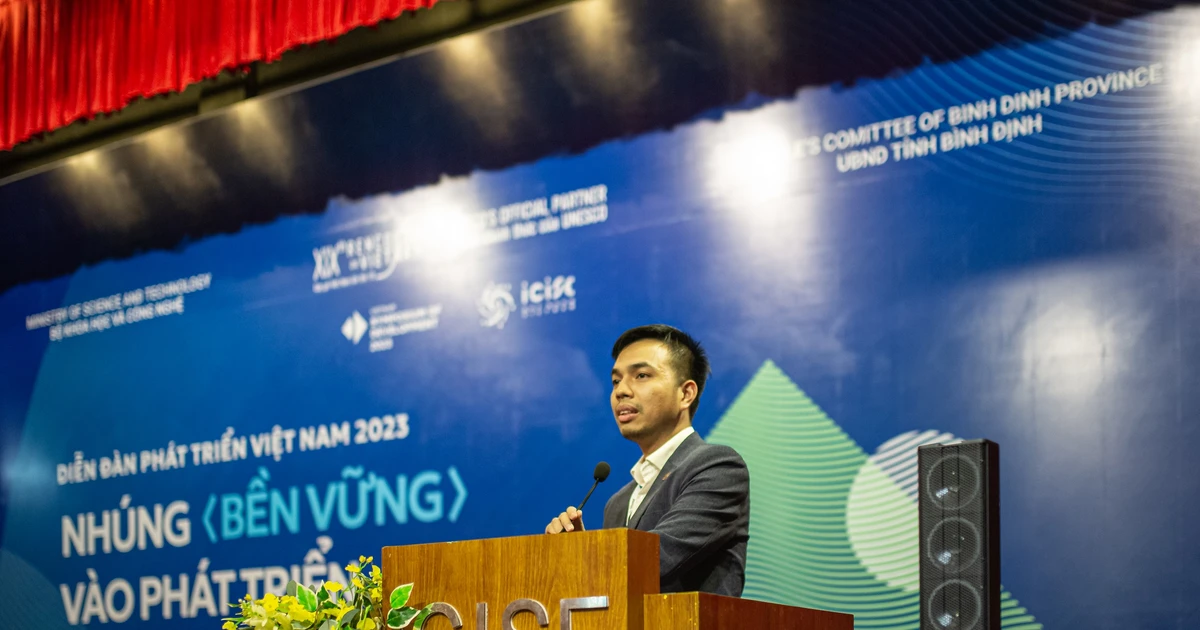



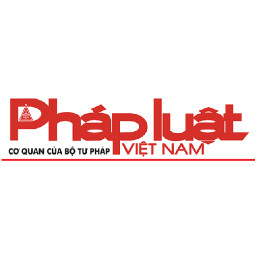

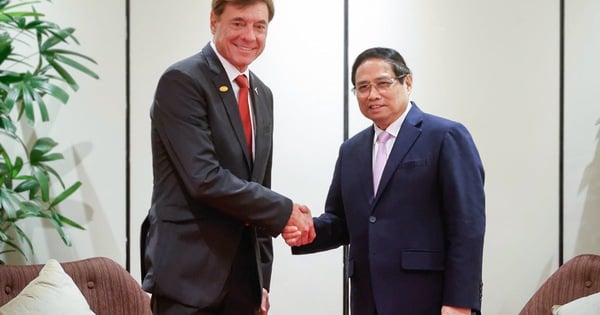






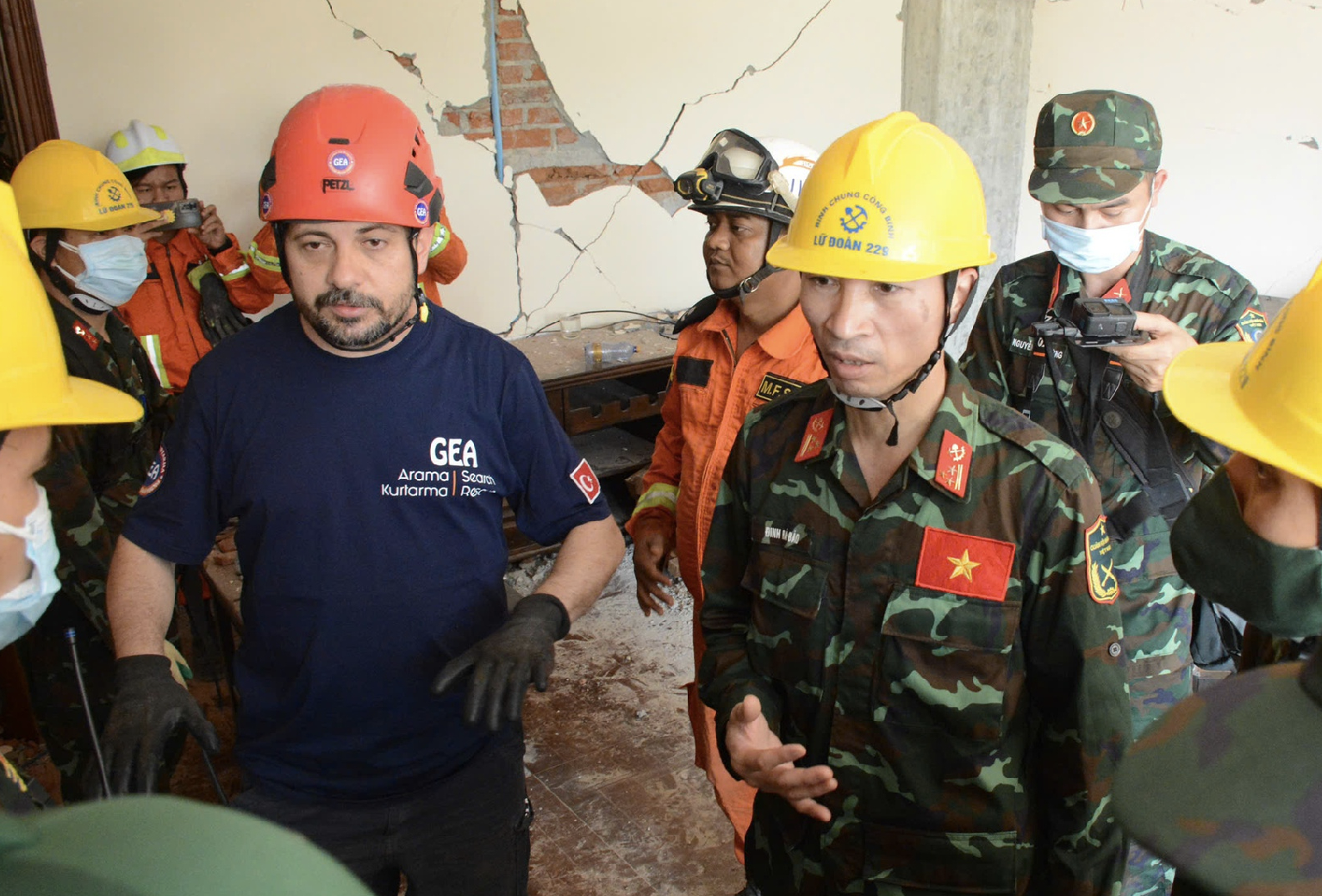


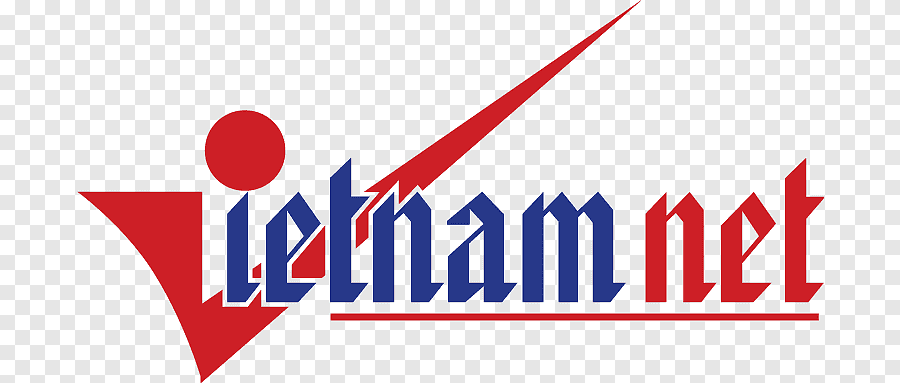


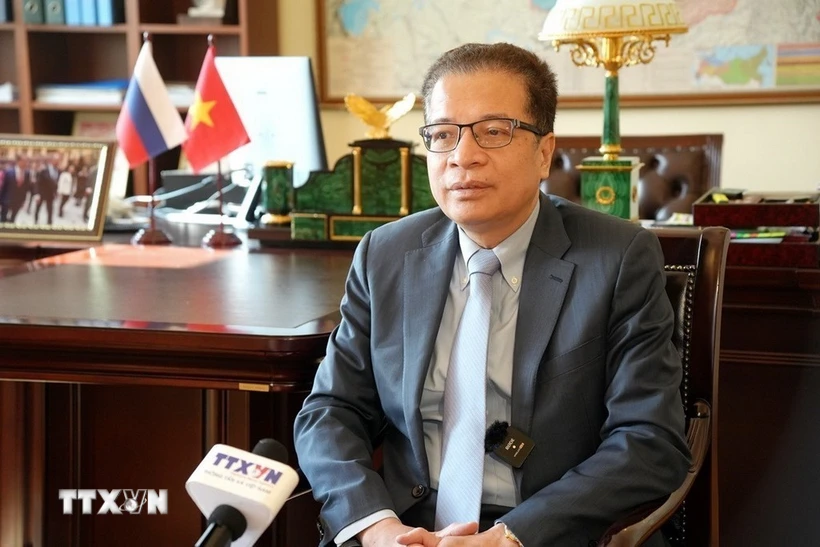
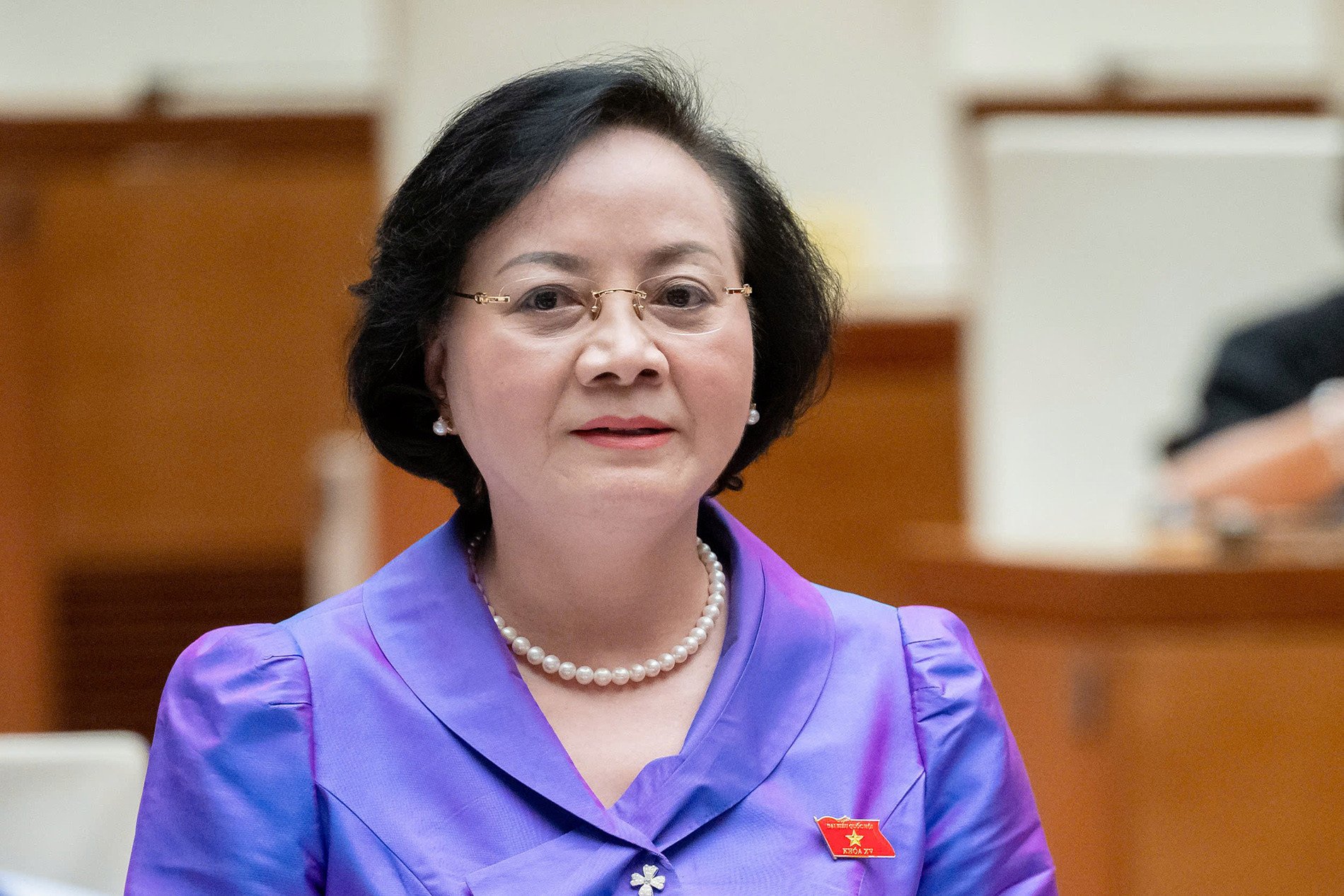


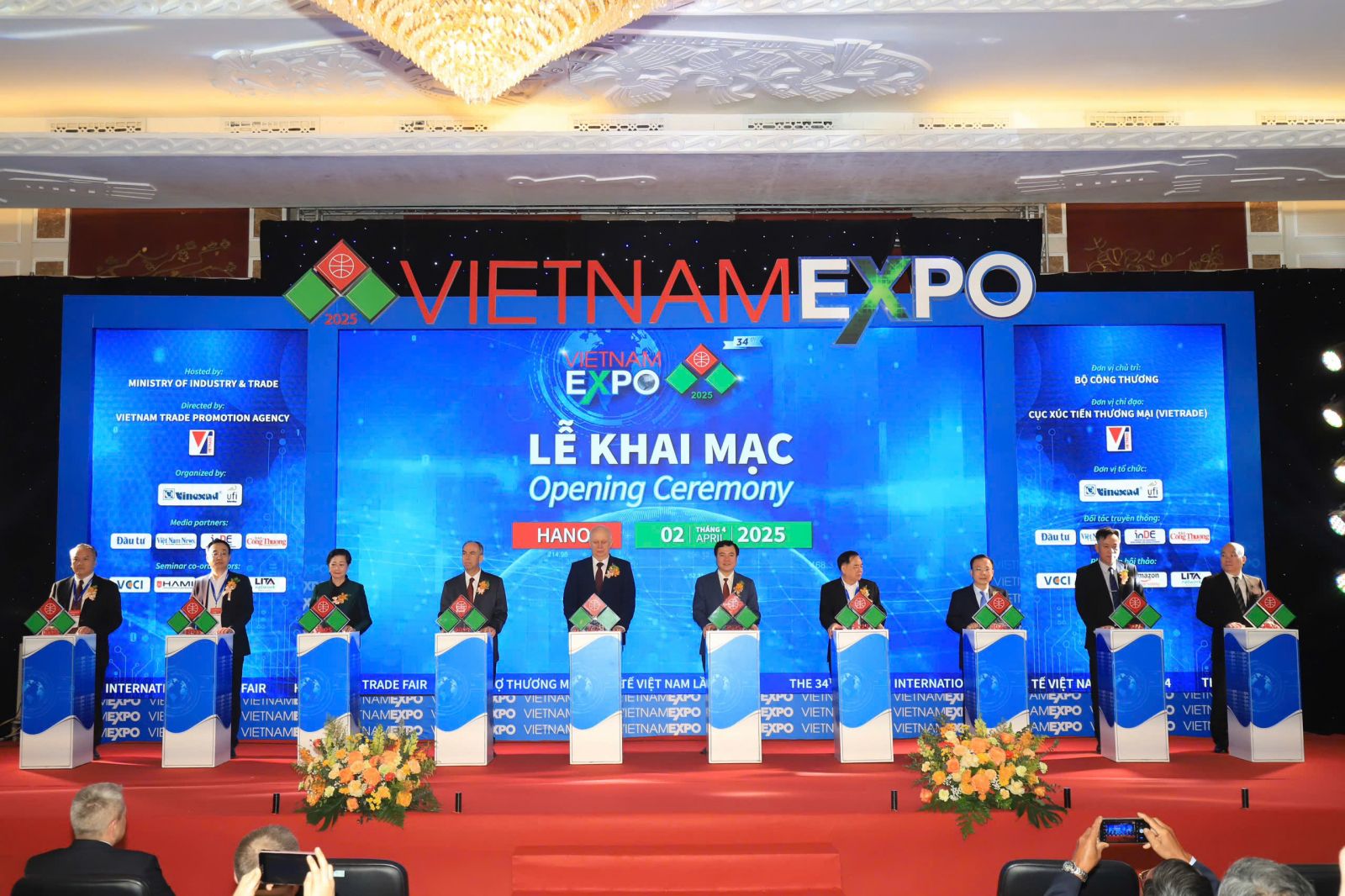

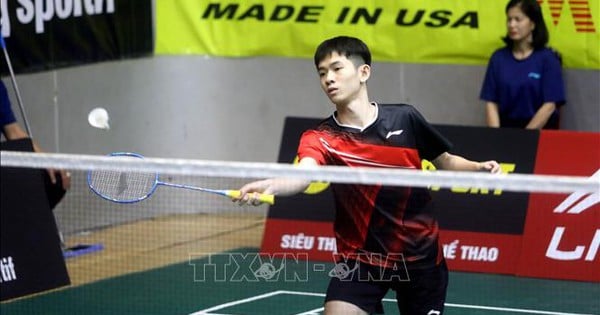

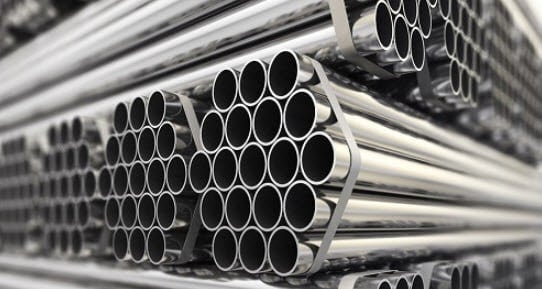

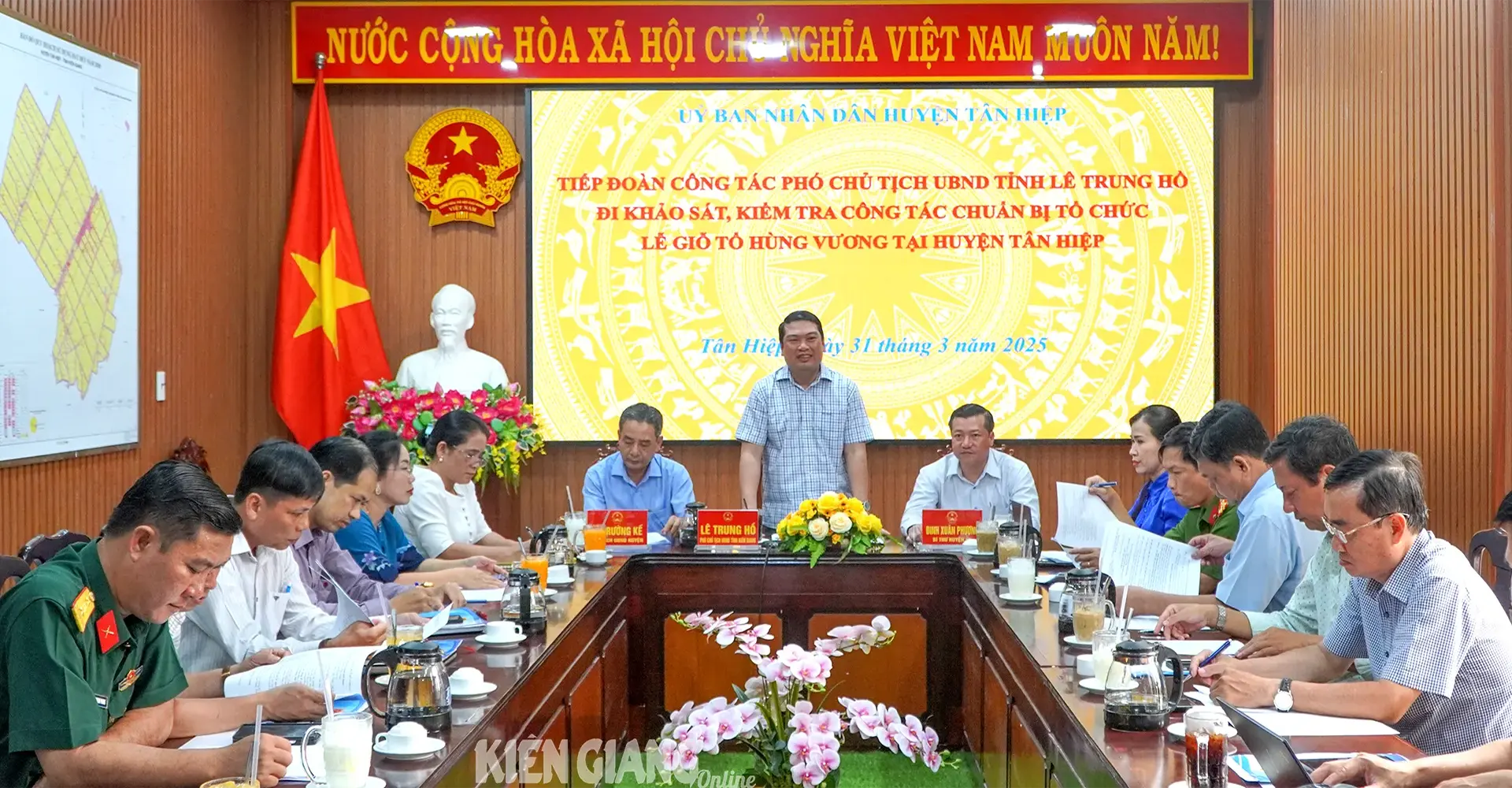

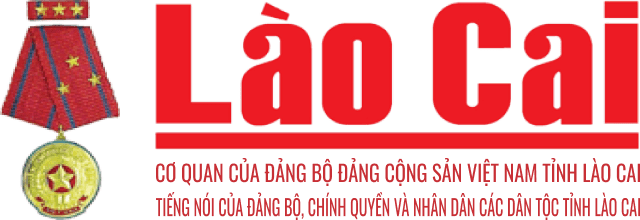
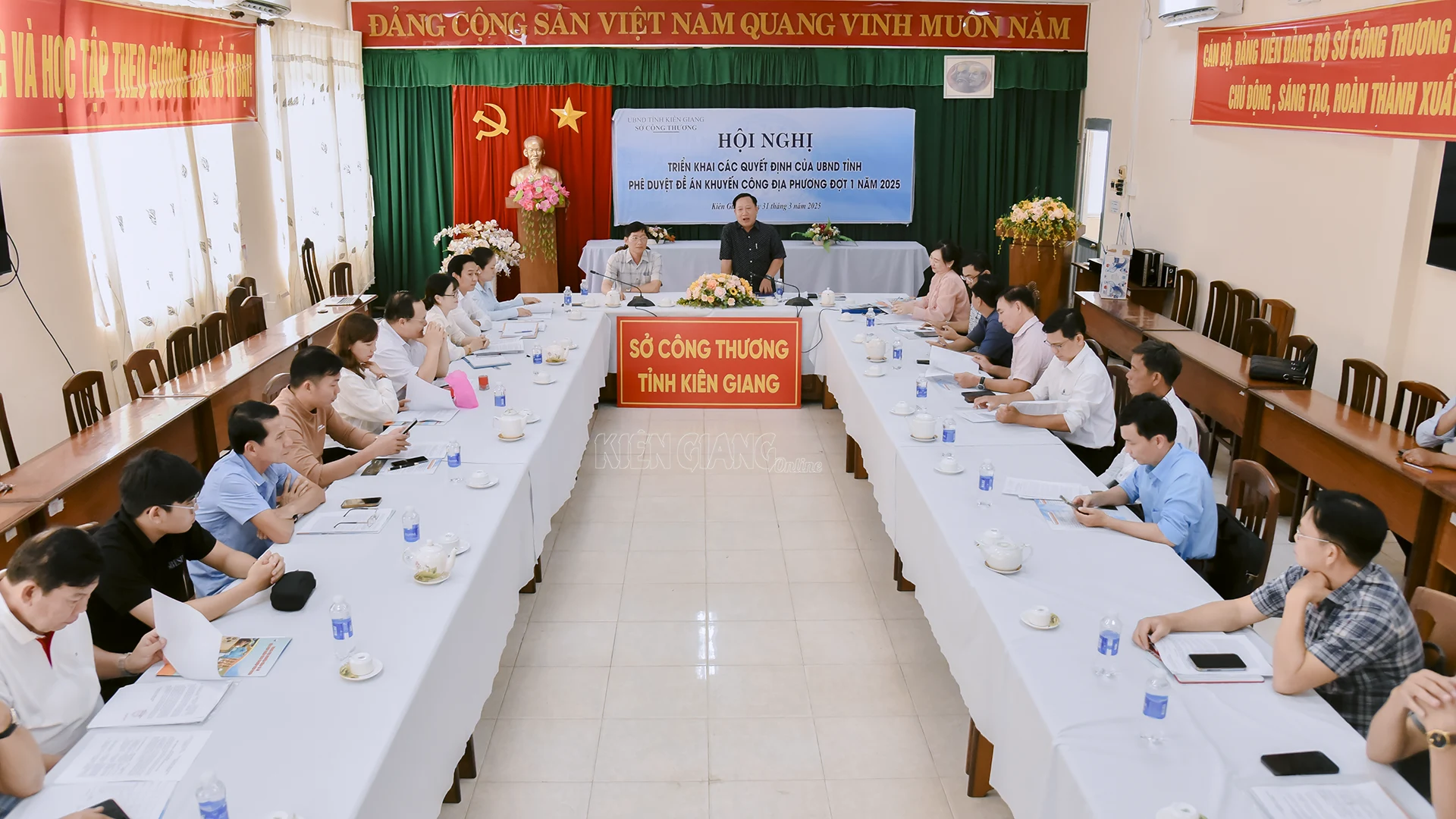
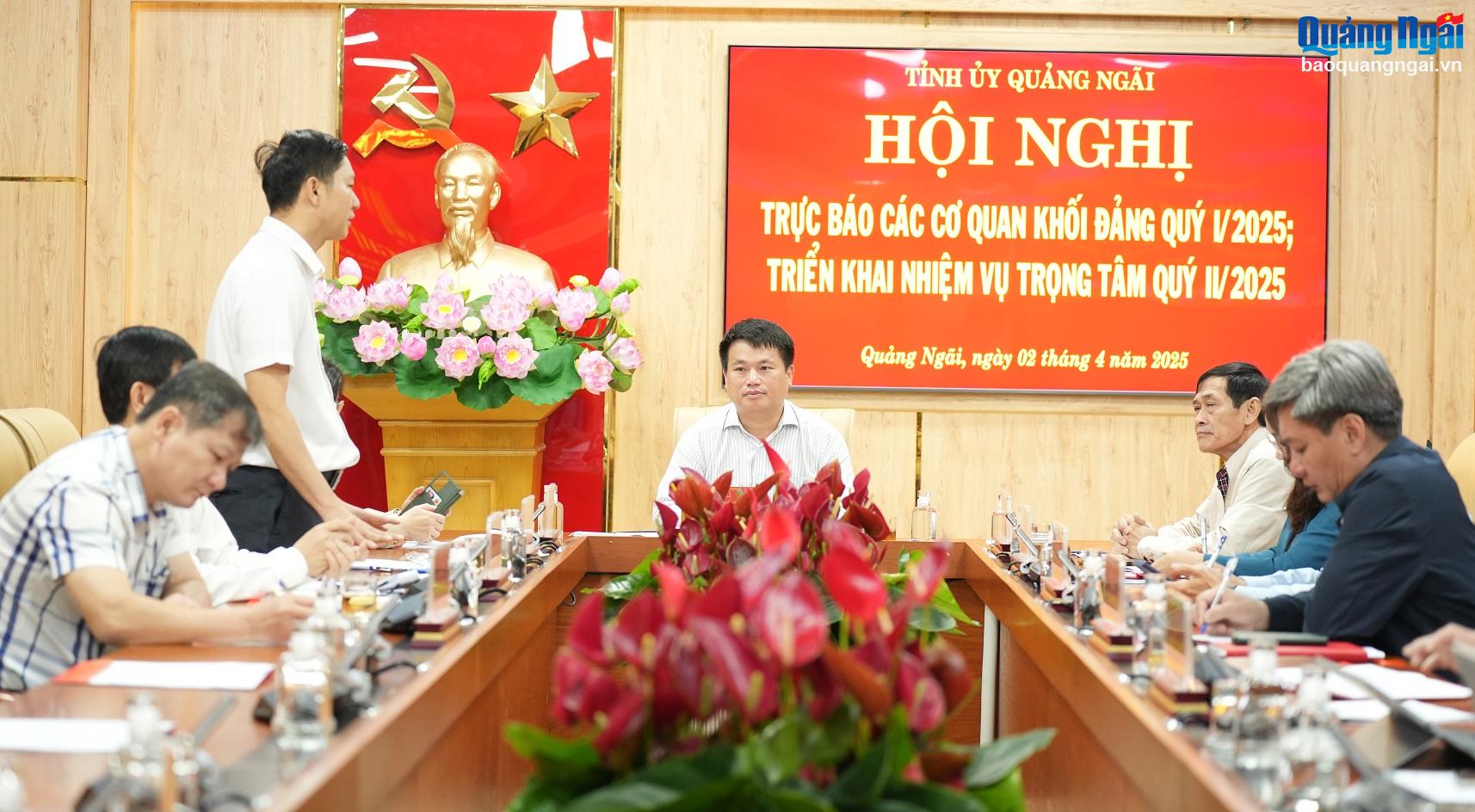
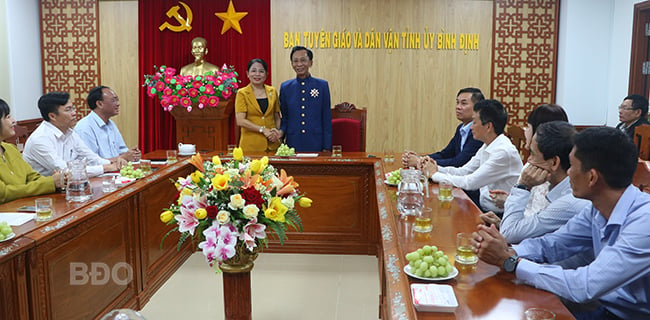
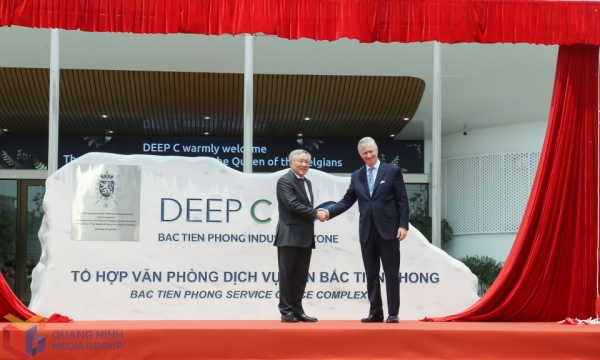


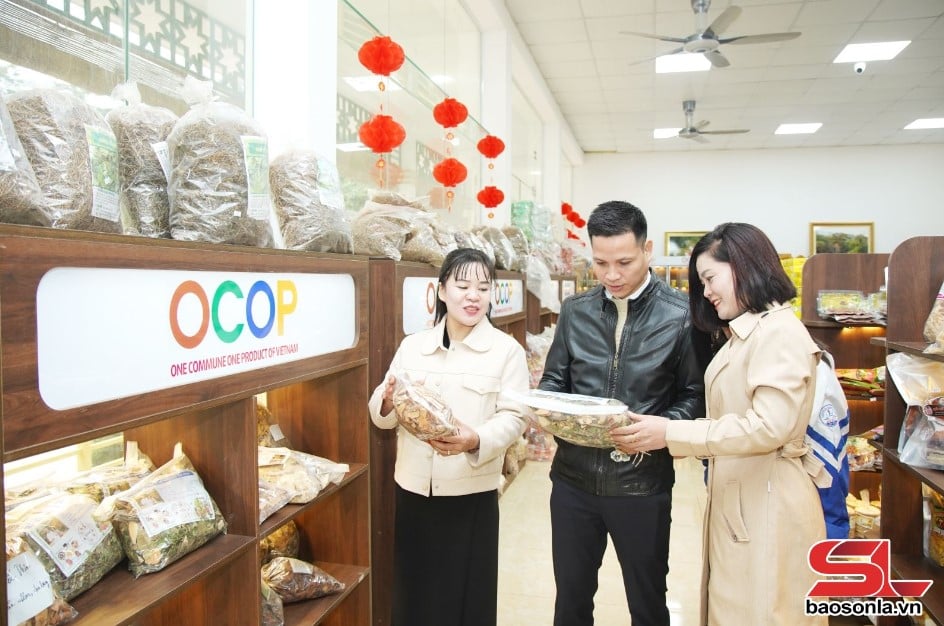

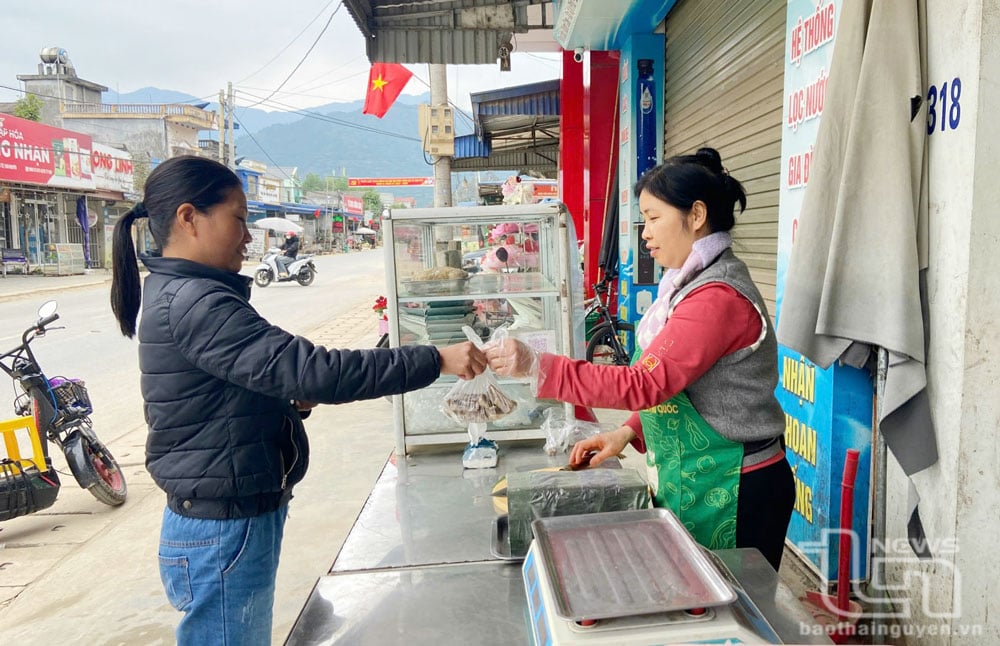

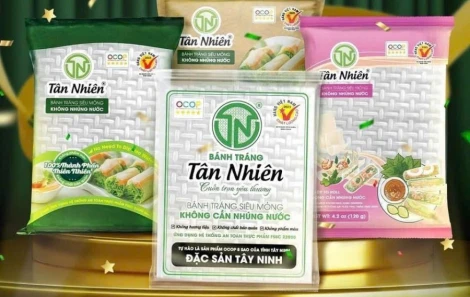

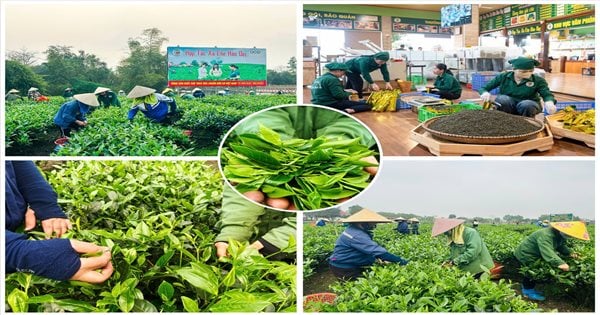

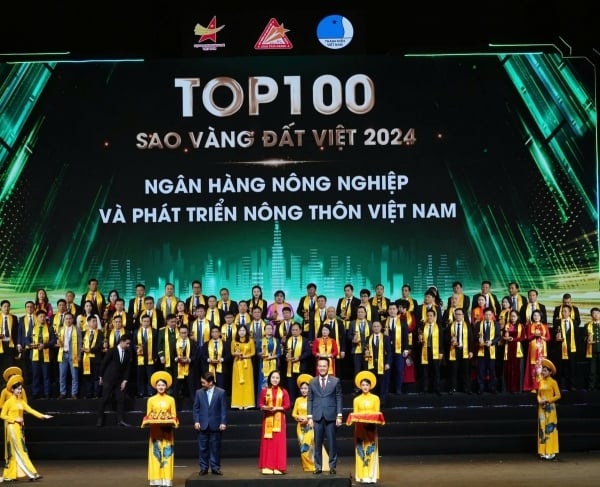
Comment (0)